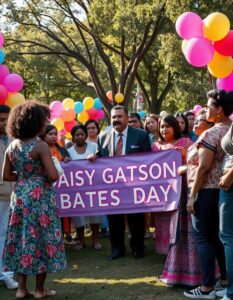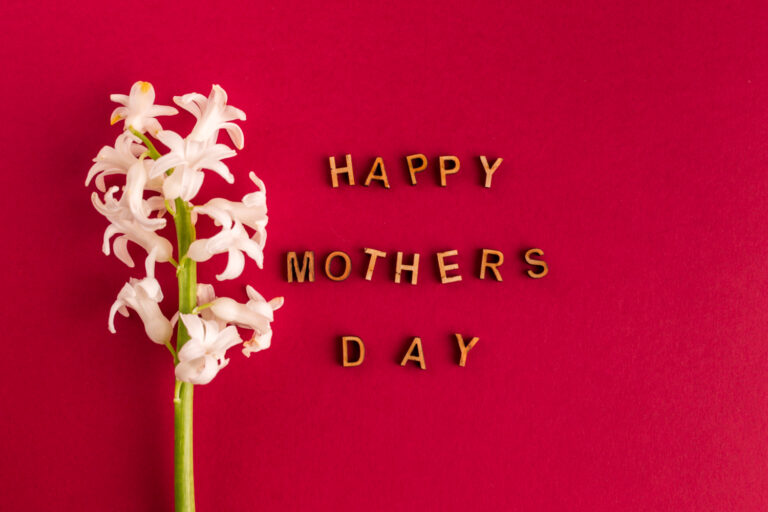This celebration of Good Friday by the Orthodox Christian church observes the religious day according to the Julian calendar, which takes place after most other celebrations of Easter in April or May. While most Christian churches changed to the Gregorian calendar in 1582, the Orthodox Church chose to keep the Julian calendar. Also known as Holy Friday, this day marks the crucifixion of Jesus Christ. The day is considered a solemn day of mourning, lacking any of the festive themes of the following Easter observance.
The main tradition of Orthodox Good Friday is the religious service, which includes liturgies and Gospel readings. The readings usually tell the story of Jesus’s. These typically take place in the Evening but some churches hold afternoon services for those who do not want to or cannot stay up late, especially children. A tradition during this service is when a table is placed in the middle of the church and observers pass underneath it, lighting a candle at the church bells signal, which cleanses the participant of sins. Some priests will wrap or cover representations of Jesus Christ with cloth, sometimes colored black. This symbolically gives burial rites. Some observers paint eggs on this day. More serious observation features fasting, long sessions of prayer, meditation, or a Lenten lunch. Orthodox Good Friday features a strict fast, with most churches allowing for no food all day, unless the observer is ill.
Many churches hold services late into the night, holding elements of the Good Friday service after midnight. Orthodox Christians are forbidden to take the Eucharist, or communion, on Good Friday. During Lent, priests usually wear red and purple, but black is worn on Good Friday. If the church is decorated with hangings, these are also changed to black. Other elements of the service are hymn singing and readings from the book of Psalms.
Other elements of the Good Friday Orthodox Service:
- Matins of Holy and Great Friday is a service that starts Thursday night. Also called The Order of Holy and Saving Passion of our Lord Jesus Christ, the service features twelve different readings of the events of the Passion and the Last Supper. After the later, Jesus was arrested and jailed.
- Royal Hours takes place before noon, where observers gather for a prayer celebration, scripture readings, and hymns.
- In the afternoon, the Vespers of the Taking-Down from the cross takes place to honor when Jesus was taken down from the cross. This service includes Gospel readings and the symbolic removal of Christ’s body from the cross.
The Lamentation of the Tomb, or the Matins of Holy and Great Saturday, takes place Friday night.
Biblical Background
Jesus’s Crucifixion
All four canonical gospels chronicle Jesus’s crucifixion, which is sometimes called the Passion. In these narratives, Jesus was accused of blasphemy by the Jewish Sanhedrin and received a death sentence. The Sanhedrin went to Pontius Pilate to approve the death sentence, who told them that he found no basis for the charge. However, pressure from the crowds caused Pilate to approve the sentence.
Jesus was forced to carry his cross to the Hill of Calvary, where he was hung on the cross between two thieves. They fixed Jesus to the cross by nailing him by the ankles and wrists. He was severely beaten and suffered many abuses, including wearing a painful cross of thorns and was offered a mixture of vinegar and herbs to drink, but refused.
The crucifixion is believed to have lasted six hours, during which his crucifiers bet over his clothing and mocked him. Before Jesus died, the land was covered with darkness and during his last moments, there was an earthquake, which tore the temple veil. He was buried in the tomb, which is where the story of Easter Sunday picks up.
International Observances
Although the Orthodox community is situated mostly in Russia, Orthodox Christians living all over the world celebrate. The Greek Orthodox Archdiocese of America observes with the Passion of the Christ, his final moments on the cross—a lengthy and heavy service.
Greeks do not do any chores on Good Friday in order to honor the day of mourning. The procession of the Epitaphios of Christ carries a symbolic coffin through the community, which is later decorated with flowers and other accessories. Flags are also flown at half-mast. Depending on their proximity, some Orthodox Christians celebrate the holiday in Jerusalem.












































